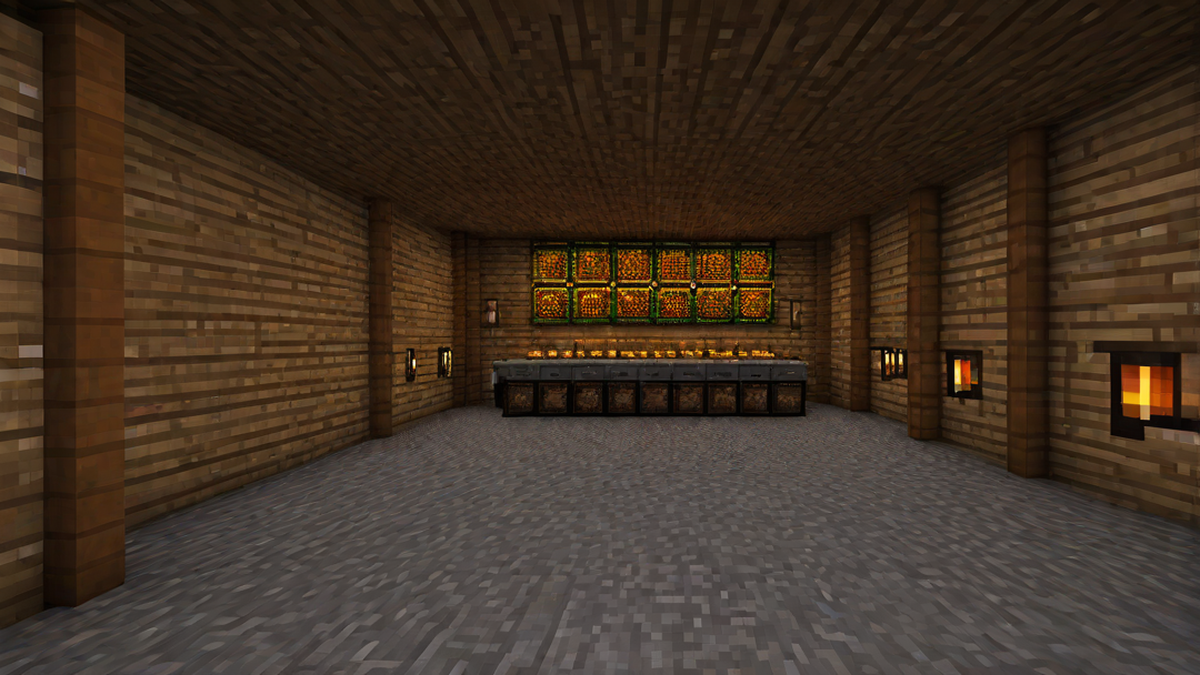Setting up a Minecraft server can be a thrilling experience, especially for anyone looking to enjoy the game with friends or an online community. As an avid Minecraft player, I understand the importance of having a reliable and efficient server. In this guide, I’ll take you through the step-by-step process of getting your own Minecraft server up and running.
Step 1: Choosing the Right Hosting
The first step in setting up a Minecraft server is to choose the right hosting provider. I recommend opting for a dedicated server or a VPS (Virtual Private Server) to ensure optimal performance. There are various hosting services available, so it’s essential to consider factors such as server location, RAM, and CPU specifications. I personally prefer Minecraft Server Host as they provide reliable hosting and excellent customer support.
Step 2: Installing Java
Minecraft servers run on Java, so it’s crucial to have the latest version of Java installed on your server. You can download and install Java Development Kit (JDK) from the official Oracle website. Once installed, ensure that Java is properly configured on your server.
Step 3: Obtaining the Minecraft Server JAR
To get the Minecraft server running, you’ll need to obtain the server JAR file from the official Minecraft website. It’s important to download the latest version to ensure compatibility with the game and access to the latest features.
Step 4: Setting Up Server Properties
After obtaining the server JAR, create a new directory on your server and place the JAR file in it. You can customize various settings by editing the server.properties file using a text editor. This includes setting the server name, game mode, difficulty, and other gameplay parameters.
Step 5: Running the Server
Once the server properties are configured, you can start the Minecraft server by running the JAR file using the command line. It’s essential to allocate sufficient RAM to the server to ensure smooth performance, especially when hosting multiple players.
Step 6: Configuring Plugins and Mods
Adding plugins and mods can enhance the Minecraft gameplay experience. There are various resources available online where you can find and download Minecraft plugins and mods. Ensure that the plugins and mods are compatible with the server version and follow the installation instructions provided by the respective developers.
Step 7: Securing the Server
Security is paramount when running a Minecraft server. It’s important to set up proper firewall rules, regularly back up the server files, and utilize security plugins to protect against potential threats such as DDoS attacks and unauthorized access.
Conclusion
Setting up a Minecraft server requires careful consideration of hosting, software, and security aspects. By following these steps and taking the time to configure the server to your preferences, you can create an enjoyable Minecraft experience for yourself and others. I hope this guide helps you in embarking on your Minecraft server hosting journey!

